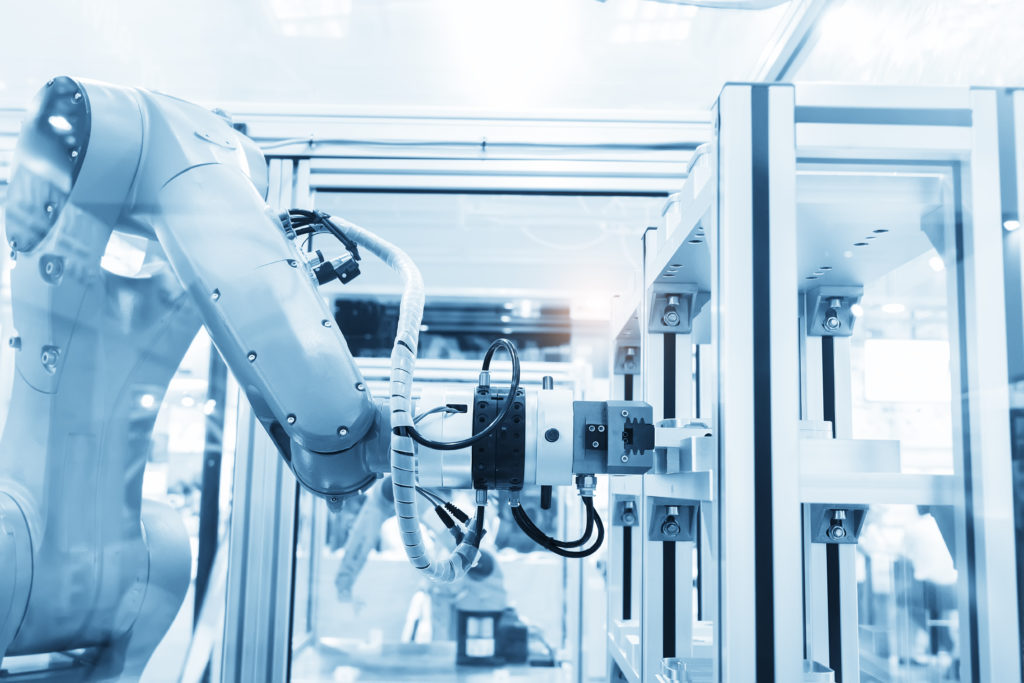 As Internet of Things (IoT) devices proliferate, so does the data that they produce. As more and more data is produced, organizations are finding it to be a costly endeavor to send, process, and store all of this data in the cloud. In fact, some organizations don’t even have the connectivity within their infrastructure to send large amounts of data to the cloud. (Anderson, 2017) Reliance on cloud computing alone also slows down device performance, as bandwidth constraints constrict how much data can be sent and received. Cloud computing alone cannot efficiently handle the IoT. This is why edge computing is becoming a critical factor in IoT deployments.
As Internet of Things (IoT) devices proliferate, so does the data that they produce. As more and more data is produced, organizations are finding it to be a costly endeavor to send, process, and store all of this data in the cloud. In fact, some organizations don’t even have the connectivity within their infrastructure to send large amounts of data to the cloud. (Anderson, 2017) Reliance on cloud computing alone also slows down device performance, as bandwidth constraints constrict how much data can be sent and received. Cloud computing alone cannot efficiently handle the IoT. This is why edge computing is becoming a critical factor in IoT deployments.
Edge computing moves data processing from the cloud to hardware on the “edge” of the network. By keeping the data processing local, latency is minimized, which is critical for deployments where real-time processing and time-sensitive decisions are mission critical. Artificial intelligence can help parse data and trigger local actions, such as scheduling maintenance with a facility that has the necessary parts, or deciding when a safety alert needs to be sent. Monitoring, diagnostics, performance optimization, and predictive maintenance are all functions that benefit from an edge computing solution.
In addition to reduced latency, there’s another key benefit to edge computing. It is estimated that the cost of a combined edge and cloud infrastructure is 1/3 of the cost of a cloud-only solution. (Gaunt, 2017) Most of this cost savings is realized through the reduction of bandwidth requirements and computing resources.
Of course, when moving to the edge, security is a critical factor. Cyber security must be deployed in both hardware and software to protect an organization’s data and hardware. As the cyber security of Internet of Things devices continues to develop, it is essential that IoT device manufacturers take into account the fact that some processing will occur on the edge, and build in security measures, including the ability to install updates as needed. Yet the edge may even be more secure than the cloud, as it is by its very nature decentralized. It is more complex for a cyber attacker to hack the decentralized edge, than the more centralized cloud.
Edge computing offers exciting opportunities for IoT development, and the intelligent processing of data that these devices produce. Investment of infrastructure to support the edge will continue, and should yield strong returns for organizations, both financially, as well as through better use of data.
To learn more about the Internet of Things, check out our online course program IEEE Guide to the Internet of Things.
References
Gaunt, T. (20 Nov, 2017). Pushing IoT to the Edge. Networks Asia.
Anderson, J. (17 Nov, 2017). Managing IoT with Edge Computing. Network Computing.
Figueredo, K. (15 Nov, 2017). Edge Computing and AI: From Theory to Implementation. IoT Agenda.


No comments yet.